I arrived late at night to Hanoi aboard a Dragonair A330. It was a short flight, and like I mentioned in my last post I was so exhausted that I fell asleep when I first sat in my seat and had to be lightly shaken awake by the flight attendant after we had landed. I had pre-arranged a taxi and I strongly recommend this, as the touts are out especially late at night and, as a caucasian, I kind of stood out.
I used Hilton points to book a stay at…you guessed it…the Hanoi Hilton. No, not that one. They incredibly have a Hilton hotel in Hanoi, but they call it the Hilton Hanoi Opera to get away from the mental image of staying in a POW camp on your stay. The room was spacious and large, and I immediately resumed my slumber, ready for the next day.
I awoke bright and early surprisingly not as jetlagged as I thought I would be and made my way up to the Executive Club before my tour guide arrived. There is a fantastic organization in Hanoi called HanoiKids. It is full of Vietnamese university students who are licensed as tour guides. They don’t charge anything for a tour (just that you cover the guide’s taxi and meals during the tour) and refuse tips (I made a donation to their organization). All they ask is you speak English with them and have conversations. These students want to learn English badly, I love the ingenuity of starting an organization that puts them in front of countless native speakers to practice their craft.
My tour guide’s name was Carnation, and she picked me up at the hotel lobby. Carnation was a sweet girl who spoke English very well. I’m not sure she was used to a brash Texan with a red beard and packing a load of sarcasm, but we had an absolute blast.
Hanoi is a massive city that has long been the cultural capital of the Vietnamese people. Most people today associate it with the Vietnam War, and there are still remnants of that terrible time (for all countries involved) years later. It is still a Communist country today, but the sort-of “light Communism” you’ll find in Beijing. That said, there is still propaganda around Hanoi, especially around the war.
The first place on our tour was the mausoleum of Ho Chi Minh. We took a taxi over there (they are incredibly cheap in Hanoi but you need to have the address written down by your hotel, as few cab drivers, if any, speak English), stepped out, and were immediately humiditied in the face.
This is how humid it was.
Ok, in truth that might actually be fog on my lens, but it was really humid and quite hot. It was also a couple of days before Vietnamese Independence Day (the call it National Day), so the lines were longer than usual. I guess the term for how I felt was “conspicuous” as I’m about 6’1″ and fairly barrel-chested. I’m almost certain I was the only caucasian in the area that day, which put me quite a bit taller than most and made me stick out a bit. Carnation asked if I wanted to see Ho Chi Minh’s cadaver, and no I did not. She asked why not, and I didn’t really want to get into the politics, so I made up an excuse that seemed to appease her. She settled for me taking a picture of the mausoleum.
From the mausoleum area we went over to the Ho Chi Minh complex. This features the spartan “stilt house” where Ho allegedly lived from the mid-1950’s until his death in 1969. Ho Chi Minh is still revered in Vietnamese society today, the result of quite a bit of “Uncle Ho” propaganda during the second half of the 20th century.
The first thing you see in the complex is the bright yellow Presidential Palace. It was built by the French in the early 1900s to serve as a reminder to the Vietnamese that the French were their rulers and they better listen. Once the French were kicked out at Dien Bien Phu. The palace was given to Uncle Ho to live in, but he said he preferred his little stilt house.
Ho had an office near a garage full of his cars, some of the finest Soviet cars available. From the garage area we walked out to the carp lake that sat between us and the stilt house.
It really was quite beautiful, and offered a nice respite from the noise and commotion in Hanoi. As you can see, there were enormous lines of people waiting to see the Stilt House. Somehow, because I was a tourist and/or American, Carnation was able to take me to the front of the line ahead of probably 1000+ people. I didn’t argue.
The Stilt House was as advertised: a house on stilts. It had two rooms and a lot of the items Ho Chi Minh was alleged to have used still in their proper places in the rooms. Underneath the house was an open-air conference room of sorts.
We left the complex and started walking over towards the One Pillar Pagoda
We arrived at the square that contains the pagoda, which is revered as a tourist attraction but some skip it as it’s not that interesting to some. It’s built on one pagoda to represent a lotus. The lotus represents purity to the Vietnamese people because they are so beautiful and pure yet they grow out of muddy waters. So out of the filth comes perfection. The pagoda is where many newlyweds go to ask for a blessing (child).
We then made our way to the Ho Chi Minh museum, which I did not like. I did not like seeing pictures of Americans with their hands in the air surrendering to North Vietnamese soldiers. It’s nothing personal towards the Vietnamese and I understand it’s part of history, it’s just not something I wanted to see.
The museum had the feeling of a propaganda museum to me so we didn’t spend too long there. Our next stop was the Temple of Literature, Vietnam’s oldest university.
The Temple was founded in 1070 and used to be the royal university, where knowledge was pursued by the royals as well as selected commoners. It was a beautiful facility.
It’s a tourist attraction for Vietnamese just as much as people like me, so everyone was out there enjoying the nice weather/humidity amidst the general patriotic feeling around National Day.
There were all sorts of artisans making their crafts at the Temple.
Once we entered I think the third courtyard (each of the five courtyards has a different significance), we saw the stones atop the turtles.
These stones contain the names of graduates of the university. They’re on top of turtles, which hold a very deep significance to the Vietnamese.
The temple featured altars to Confucius and the university leaders in one of the courtyards. Around these status were intricately carved brass drums.
Now, this was all really nice, but remember this used to be a university. Even though it’s no longer a university, students still come here to study for tests and/or ask for good luck. Students will throw money onto the rooftop and if it stays on the roof they will get a good grade. This led to all sorts of random money being thrown on rooftops. I took out a US dollar bill and tried to throw it in such a way that it would land on the roof and give me excellent luck on whatever test I had coming up. The dollar promptly caught wind and descended politely and non-good-luckishly to the ground, where a random kid grabbed it and ran off. Oh well.
It was fun seeing groups of Vietnamese out and about and enjoying each other’s company.
The nature around the Temple of Literature made for some nice scenery as well.
After a brief car accident (details later), we made our way in a different taxi over to the Museum of Ethnology.
The Museum of Ethnology is a beautiful complex chronicling the historic tribes and groups that make up the Vietnamese culture. The exhibits were great and informative. Outside of the museum, though, is where the great parts were, including a water puppet theatre.
Water puppets are a form of theatre unique to Vietnam (I think). They’re one of the must-sees in Hanoi, according to the internet (I agree). We caught the tail end of the show and moved on to where they had rebuilt the types of houses some of the early tribes lived in.
The Long Houses were particularly interesting. Family units lived together, and whenever a son/daughter would get married, they would just add another room on to the end of the house, making it that much longer.
Then there was a clay house that was mixed in with some dung. It reminded me of Robin Hood: Men in Tights, what the character Latrine’s name used to be.
After all of the museuming I was pretty beat, so we stopped at a neighborhood restaurant and grabbed some lunch. Carnation was really patient with me and showed me how to eat all of the food and then laughed at how pathetic I am with chopsticks. But that’s ok, there was beer.
The beer was unique, however. They serve the beer with a cup of ice, and you pour the unchilled beer over the ice. Me of course, not wanting to water down the beer, drank it faster that way.
After lunch we headed back towards the center of town, i.e. Hoan Kiem Lake.
Hoan Kiem Lake is very close to the Old Quarter of Hanoi and is a place where locals and tourists alike gather to meet friends, practice Tai Chi, and, in my case, have mobs of schoolchildren come up to you and ask to take pictures with you. From Hoan Kiem we went to see St. Joseph’s Cathedral, originally built by the French in the style of Notre Dame.
After this, my tour wound down and it was time for Carnation to say goodbye. Like I said, she was great and represented a wonderful organization. If you go to Hanoi, you must get in touch with HanoiKids at www.hanoikids.org.
Overall I think Hanoi was a fine city and I’d go there again. Things were very cheap (the beer was cheaper than the water) and the people were just about all friendly. In the Old Quarter is an expat area with hordes of backpackers making their way around the world so there’s an incentive to keep prices down in certain areas. There are also nice luxury hotels (including the Hilton) that are to more of a Western standard.
Up next, making my way to Halong Bay!
Best,
Andy

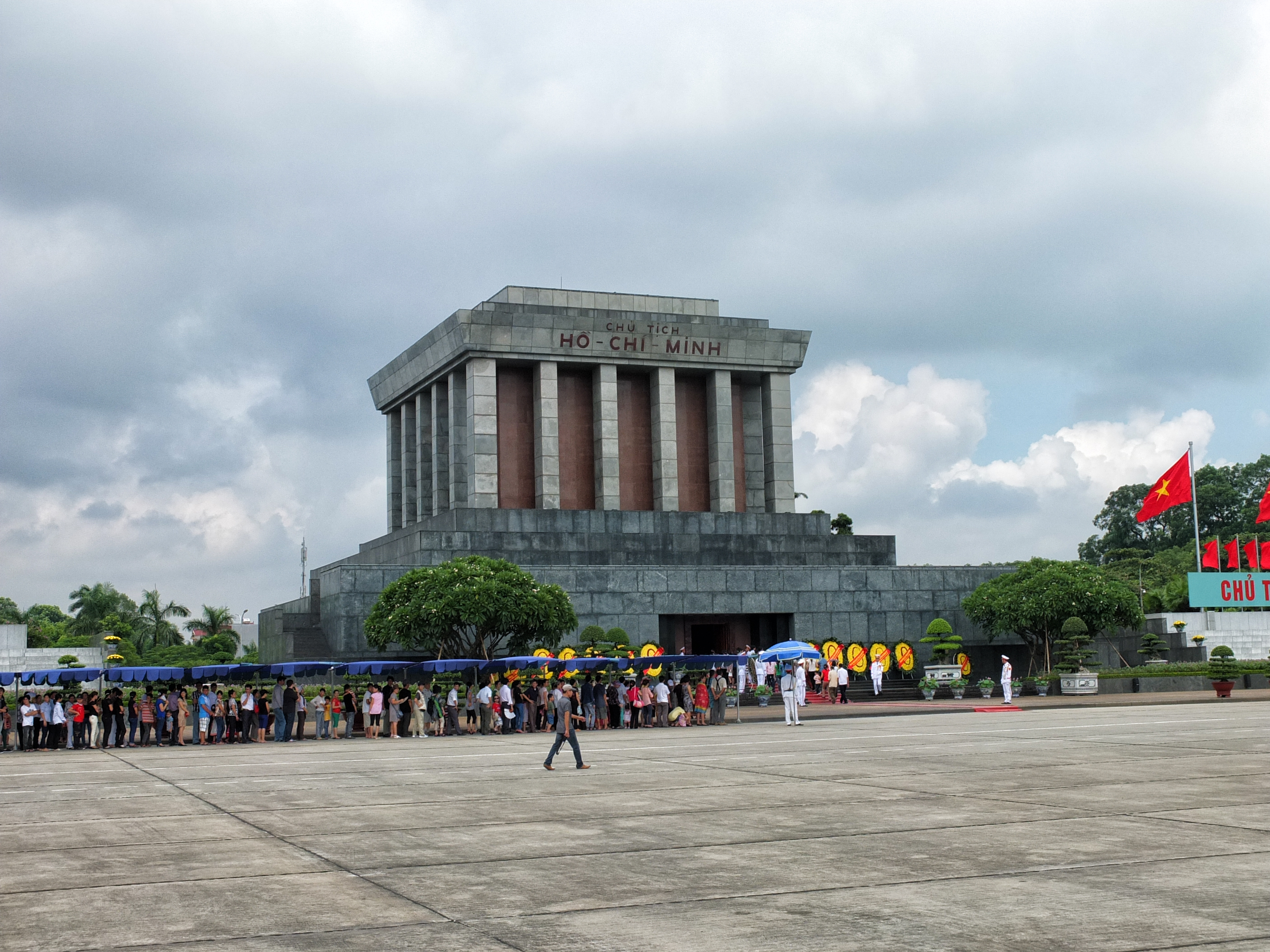
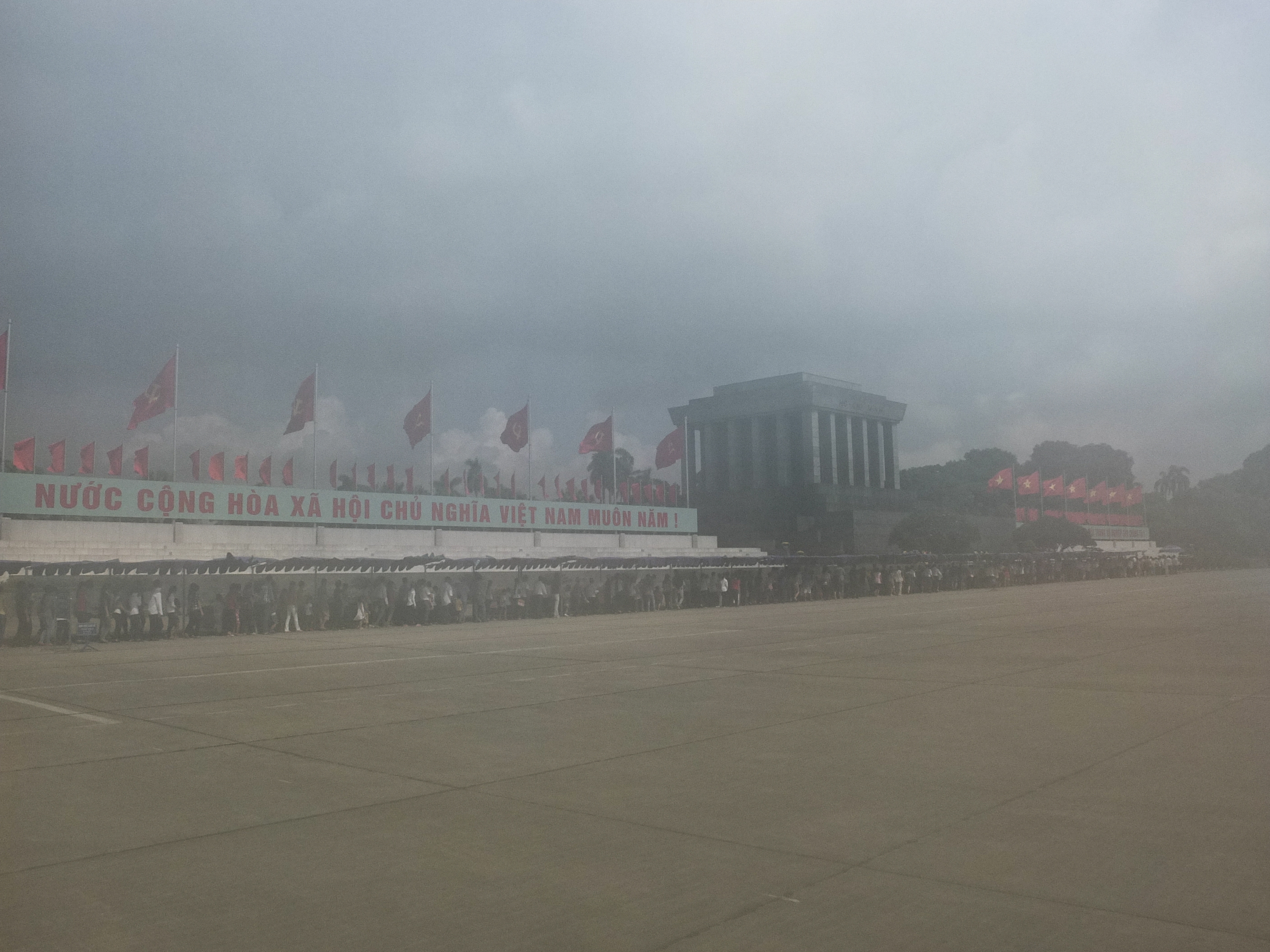

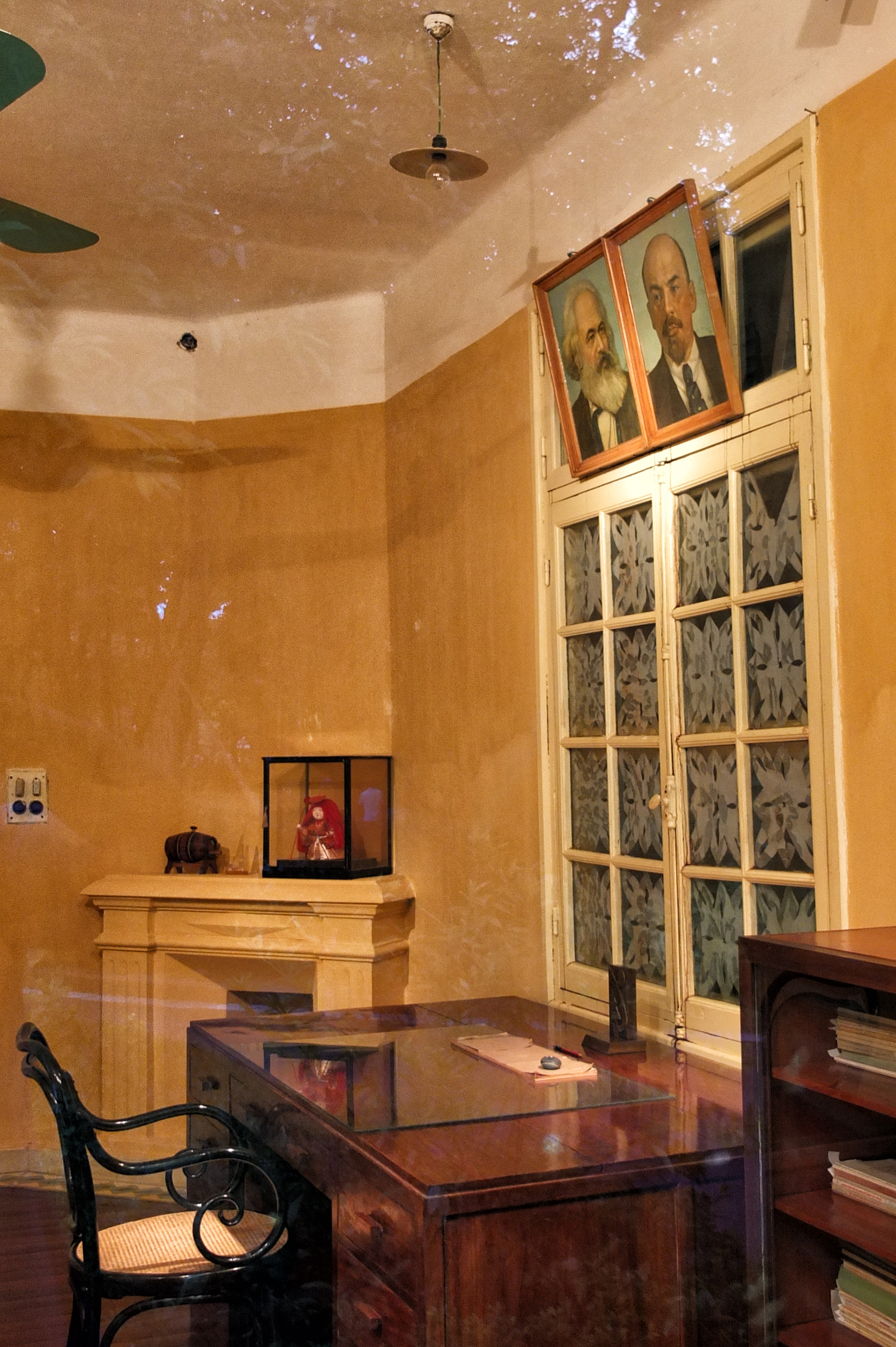



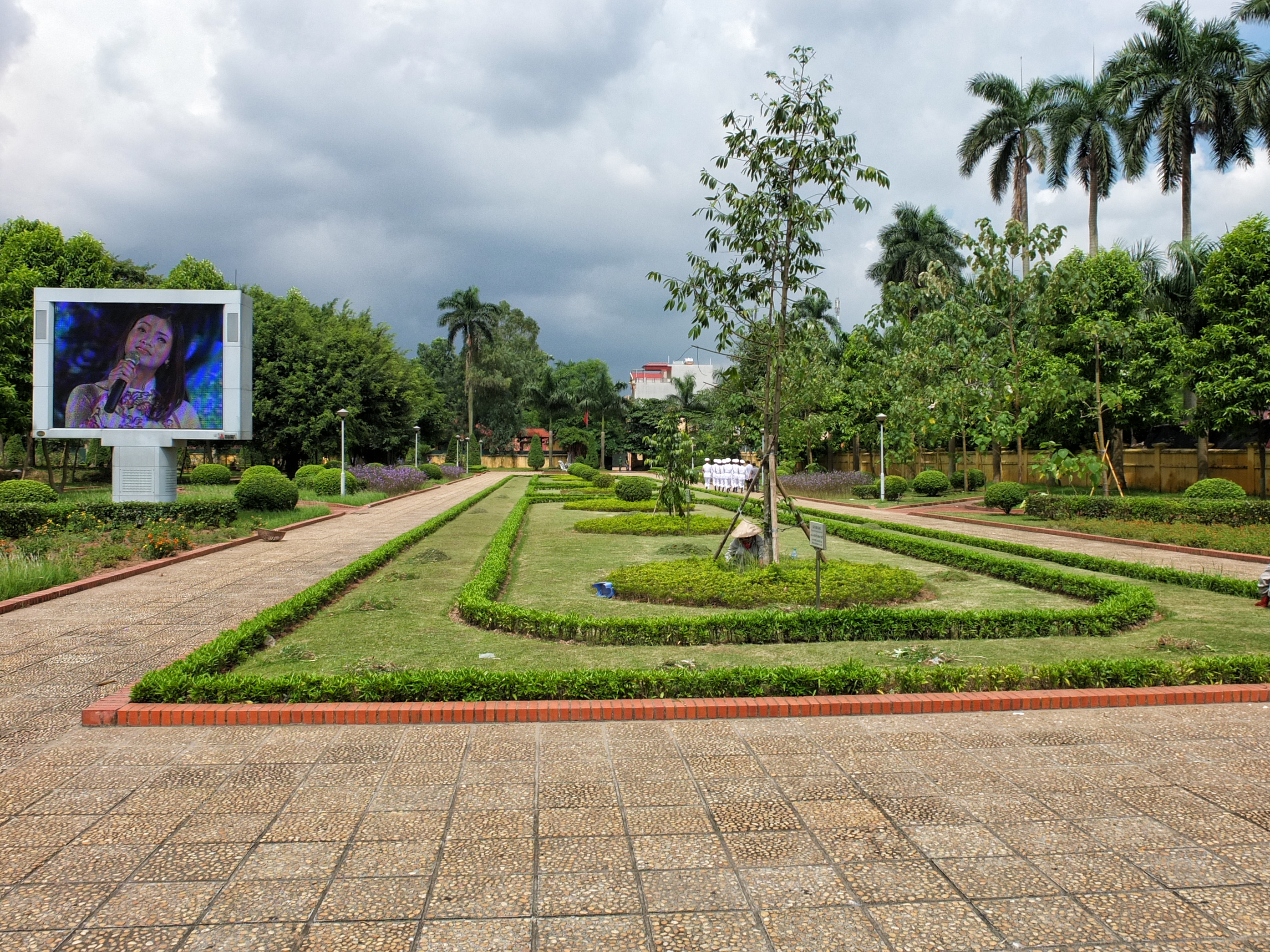

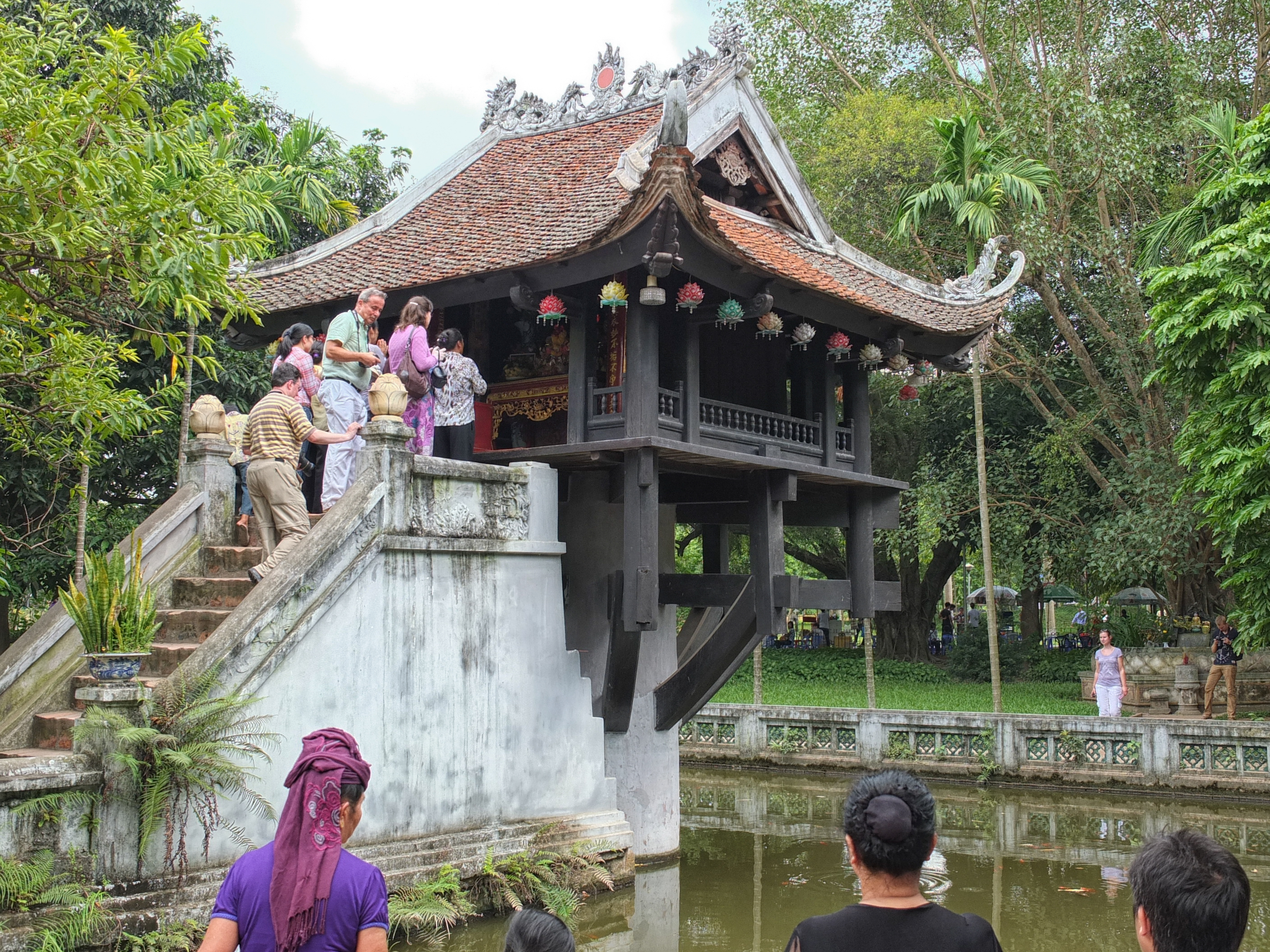
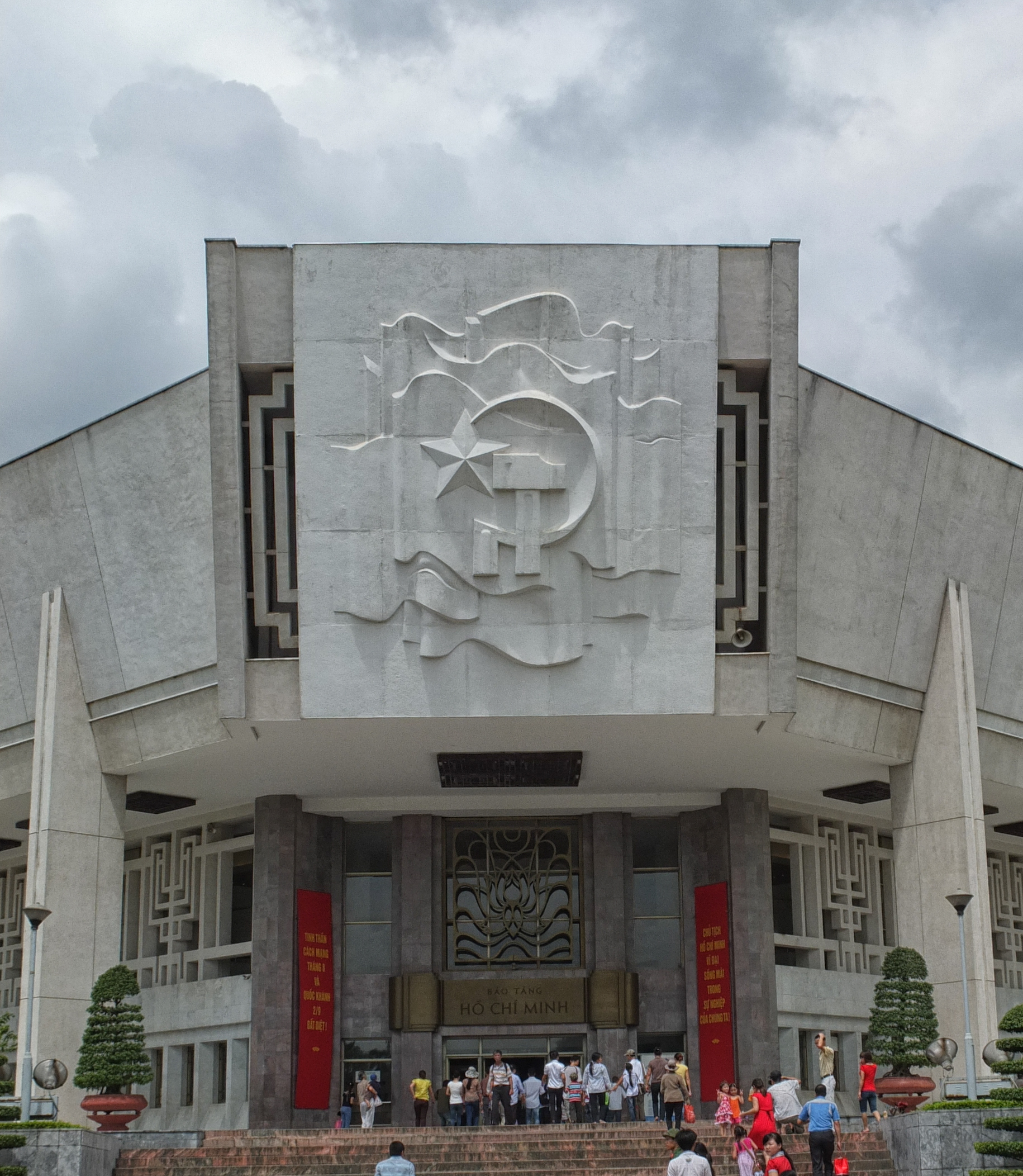
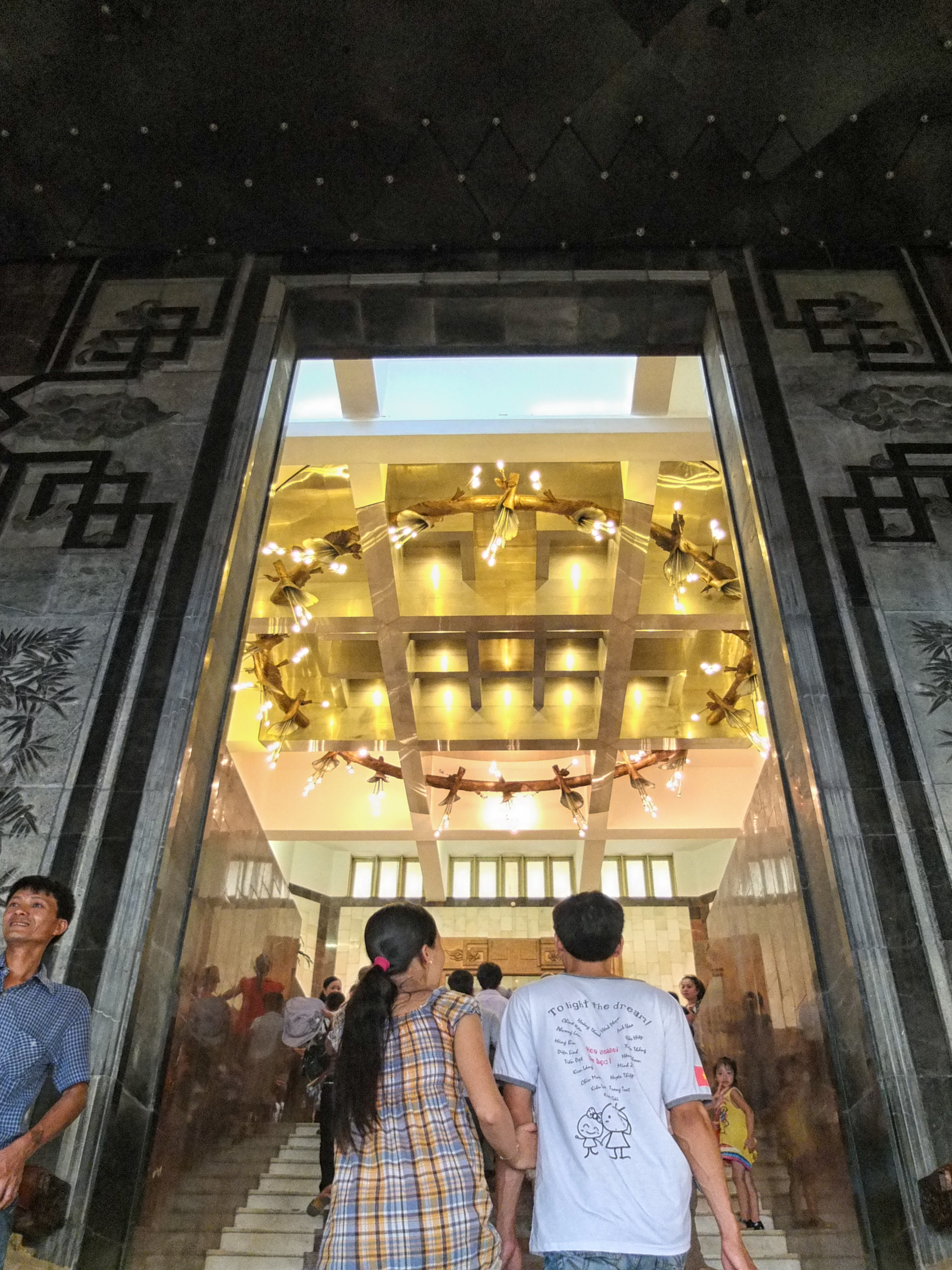
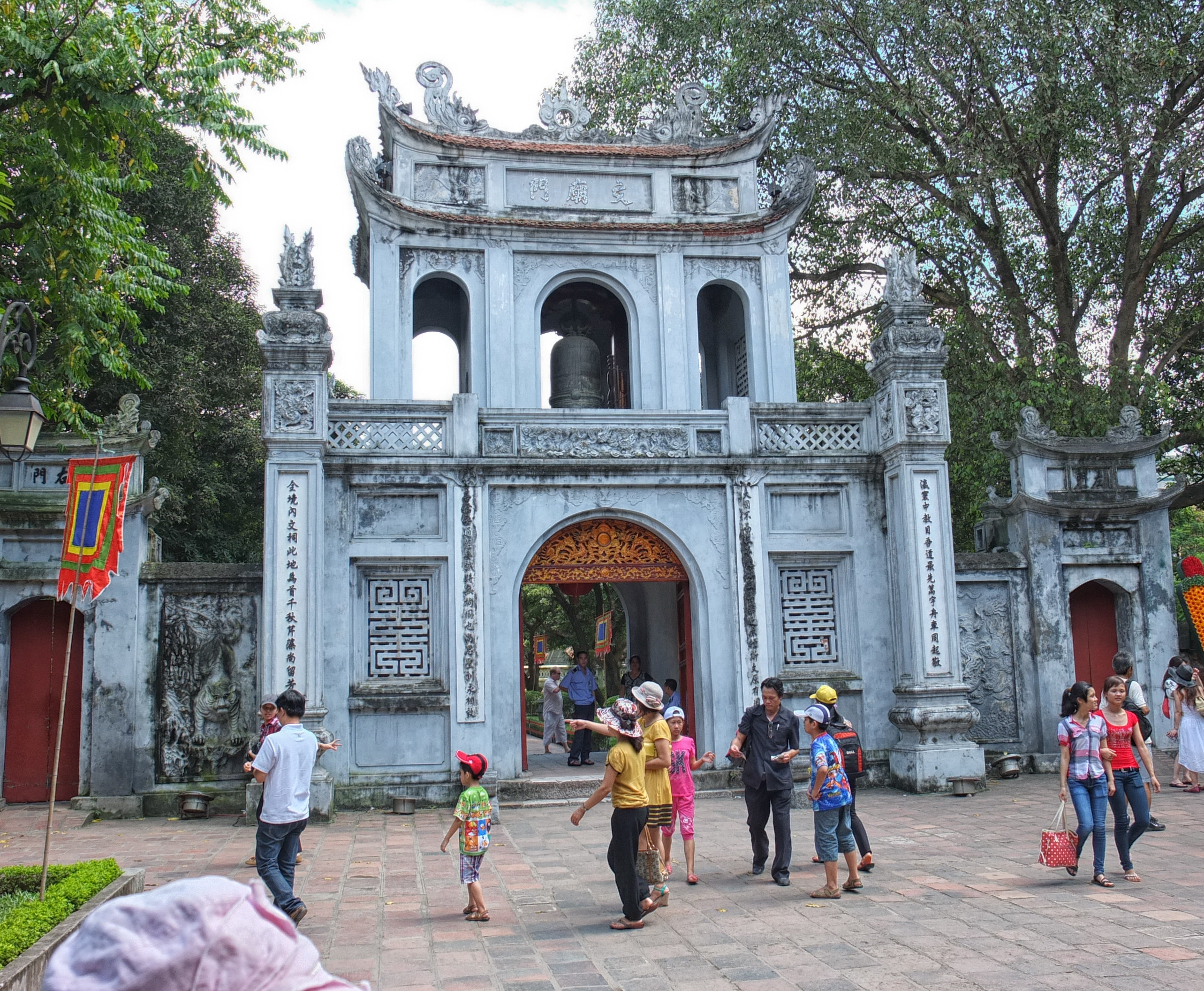
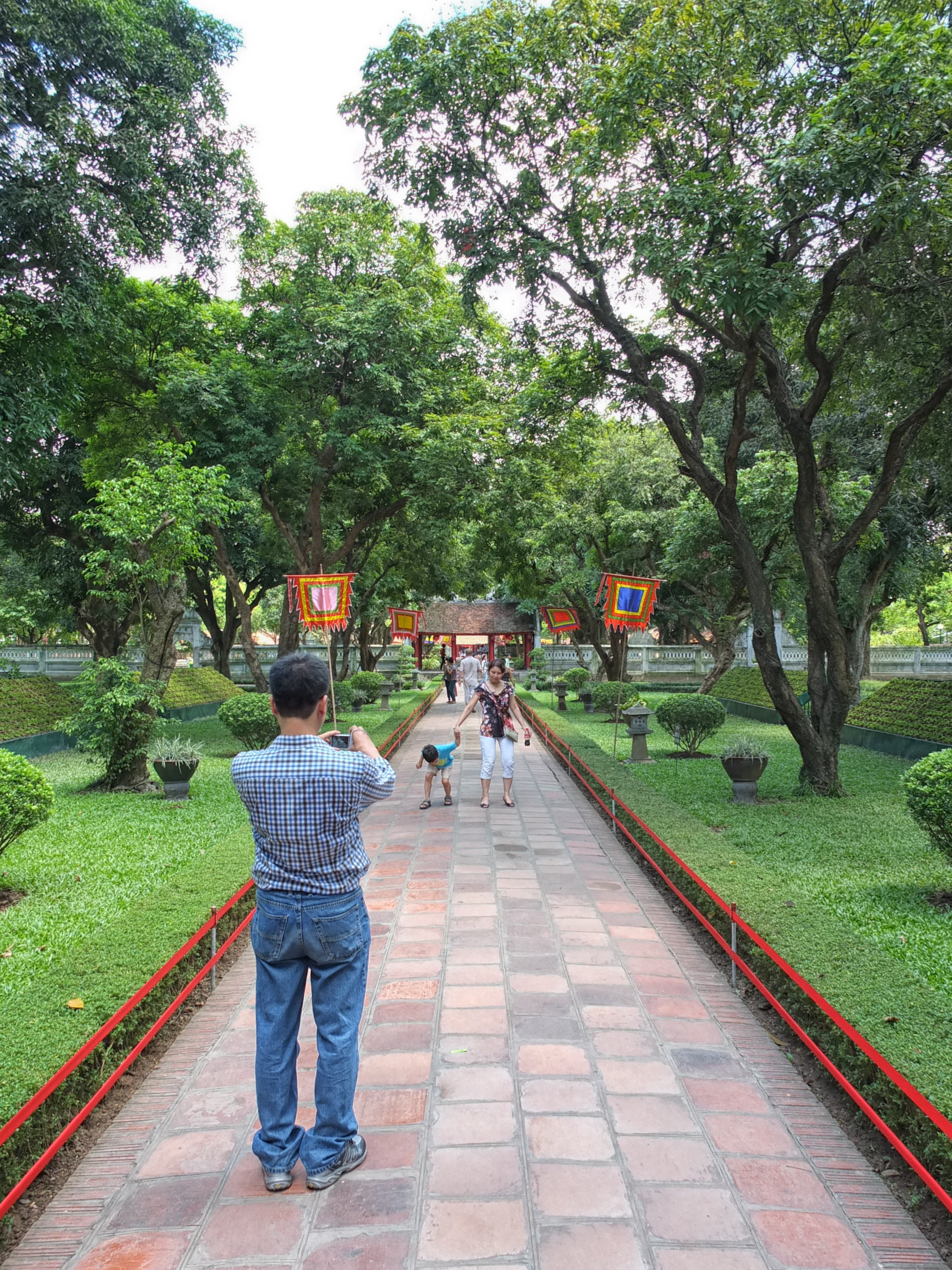
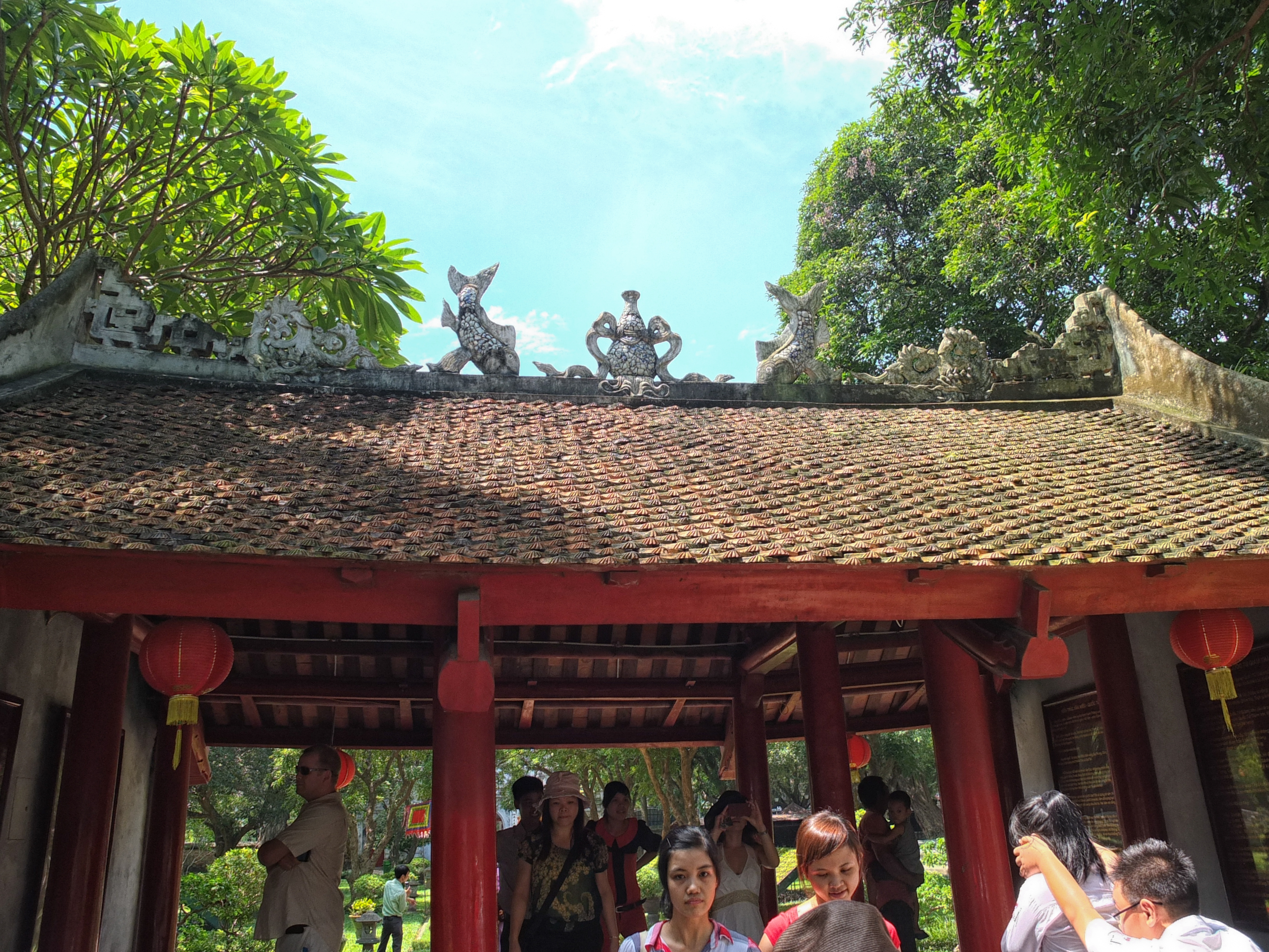
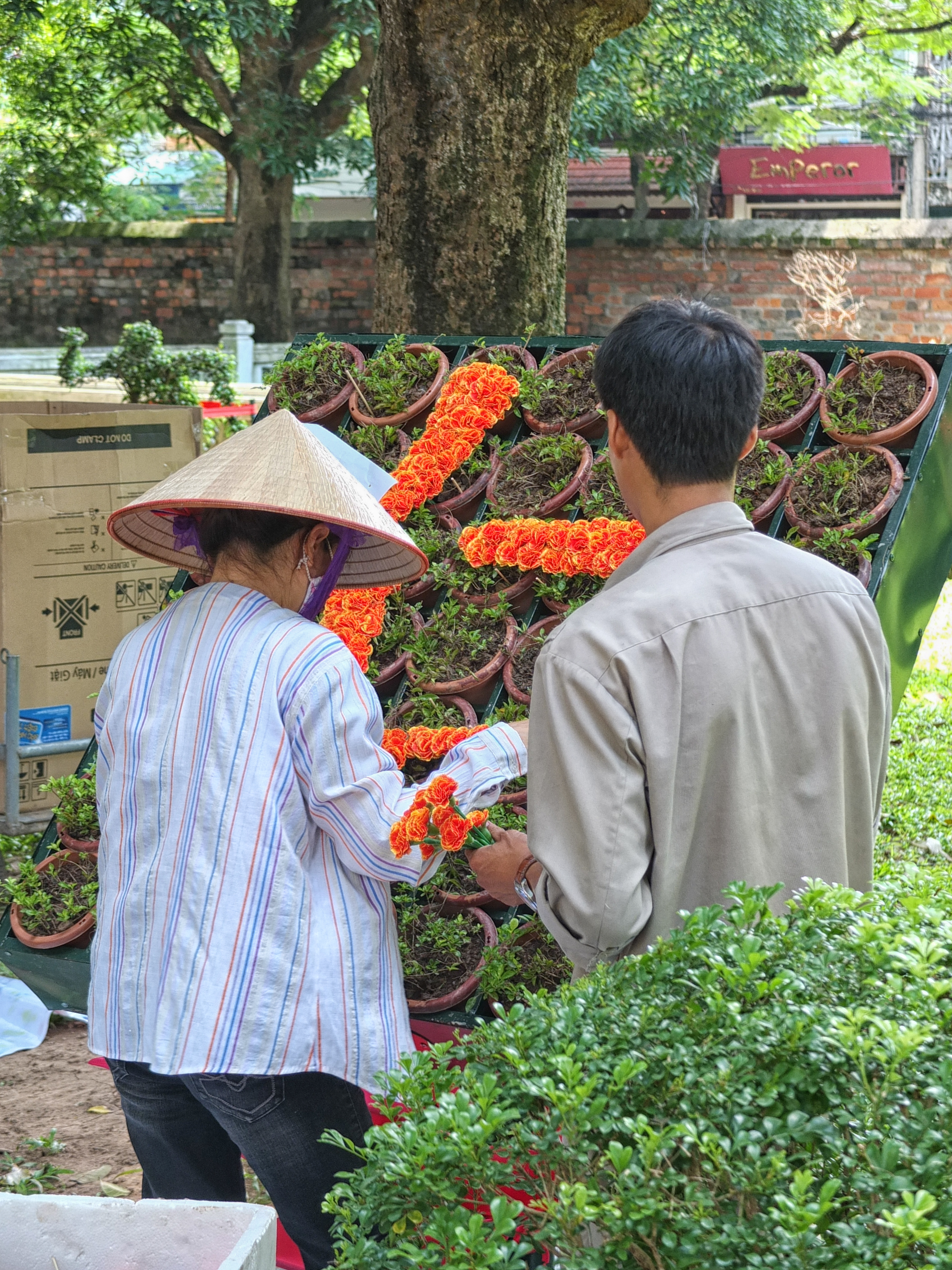
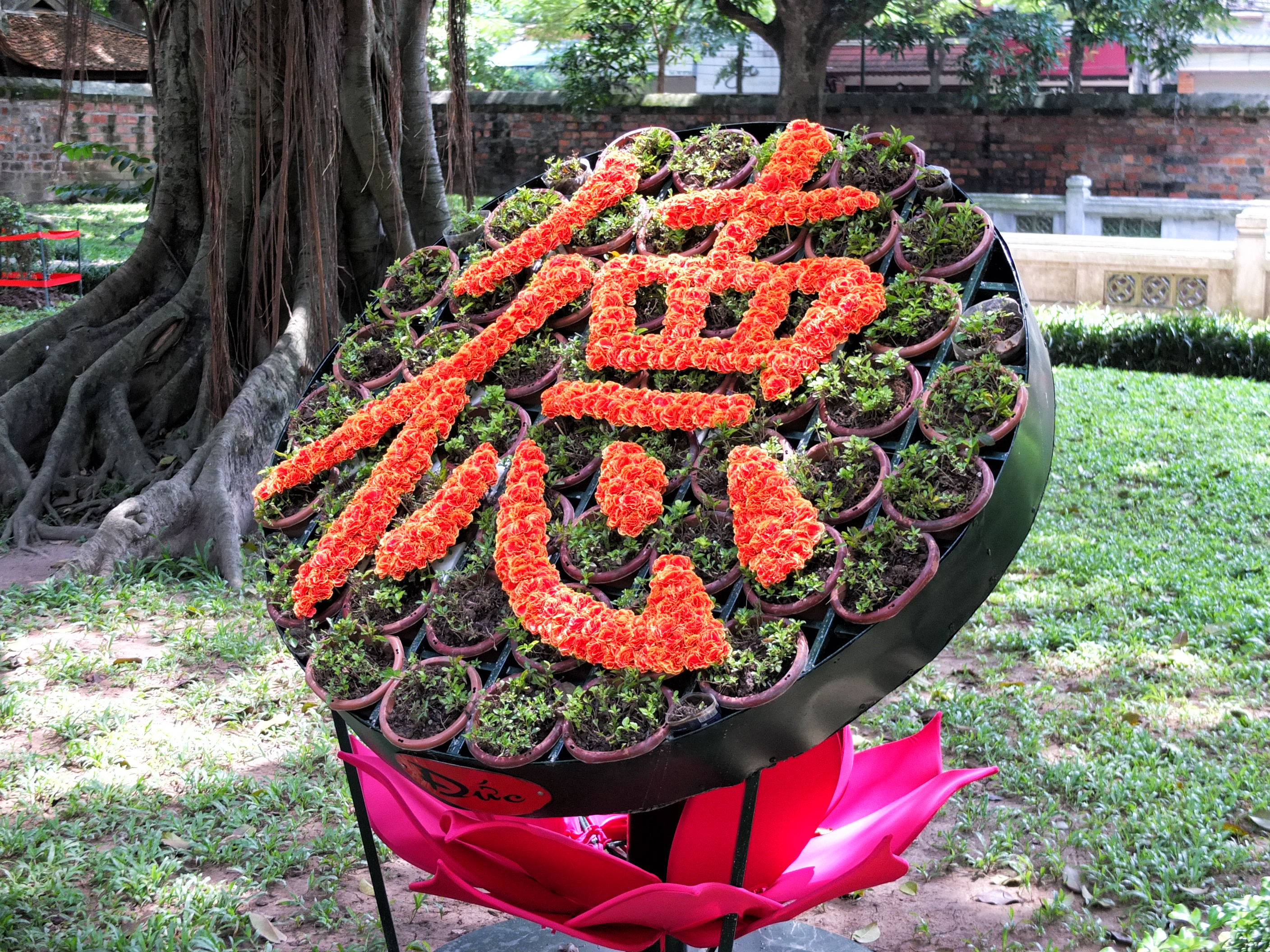
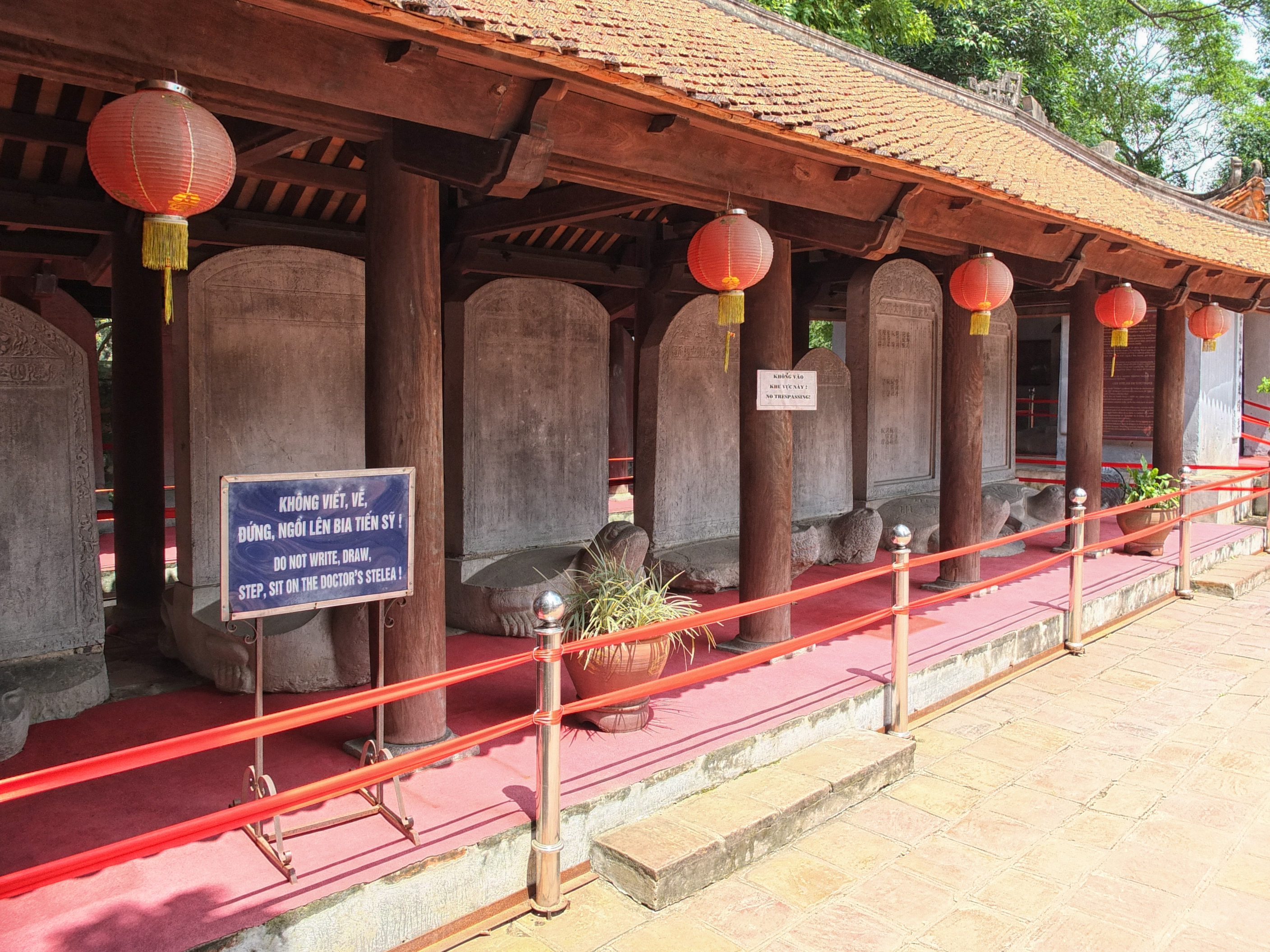
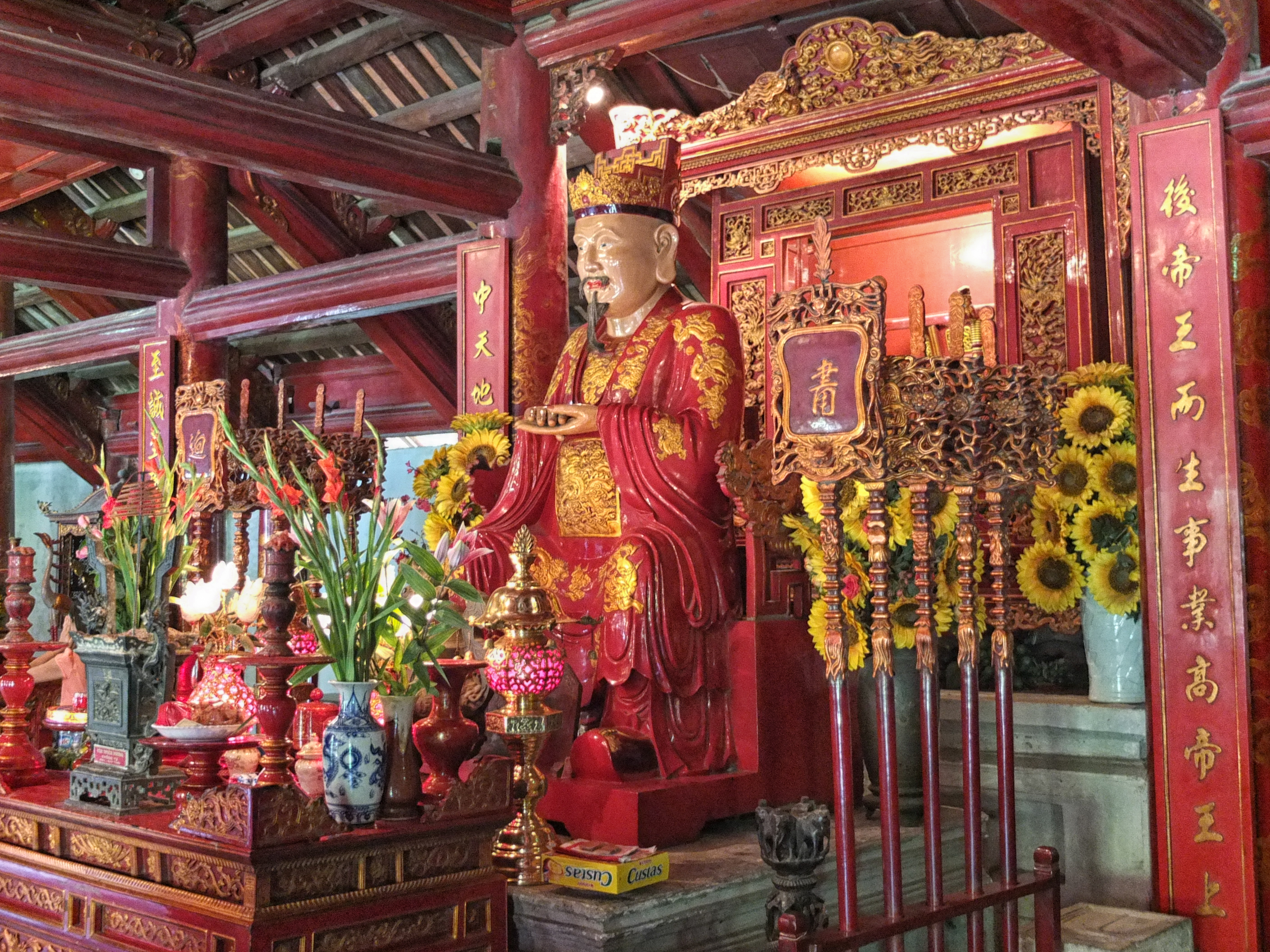
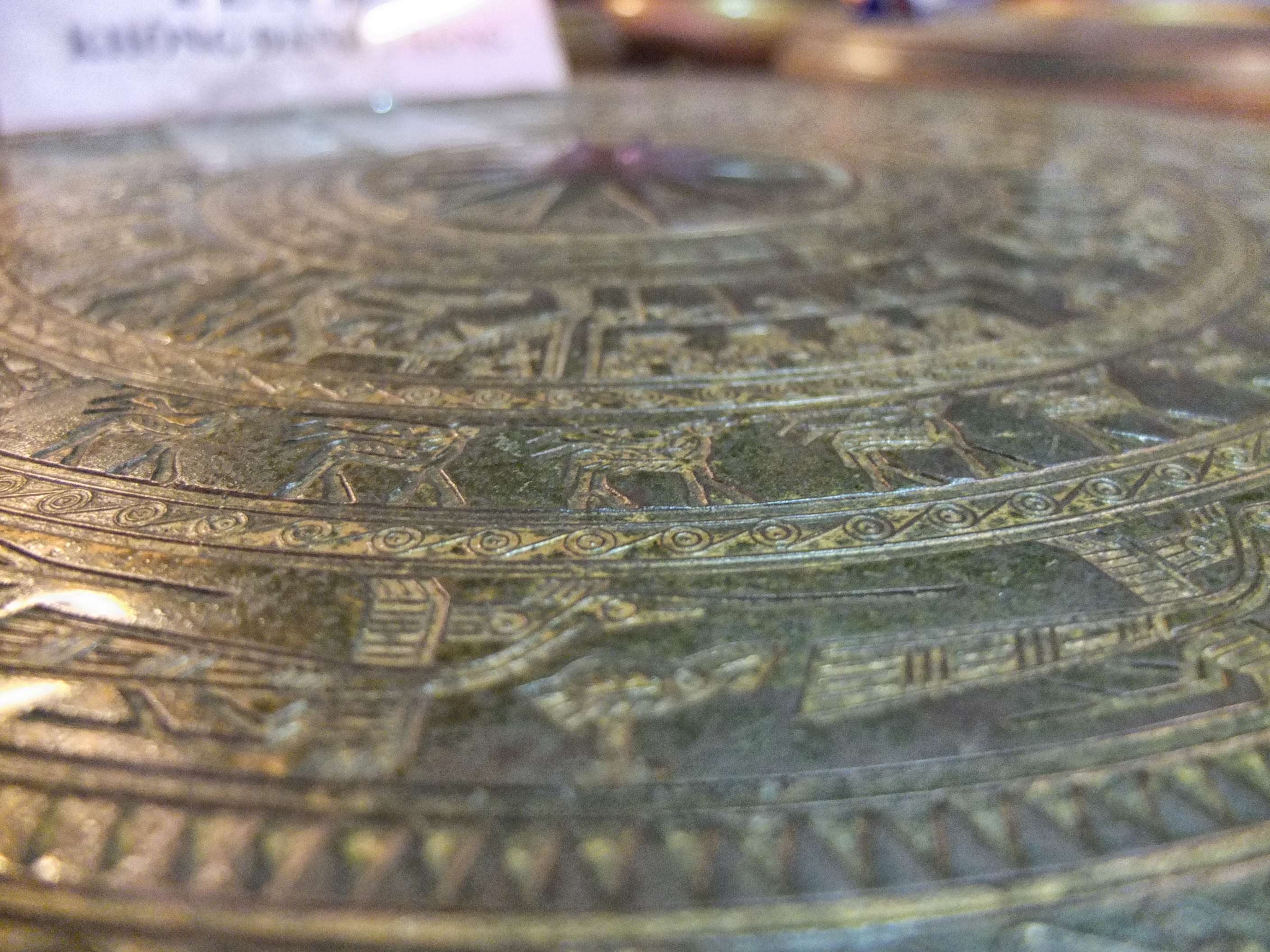
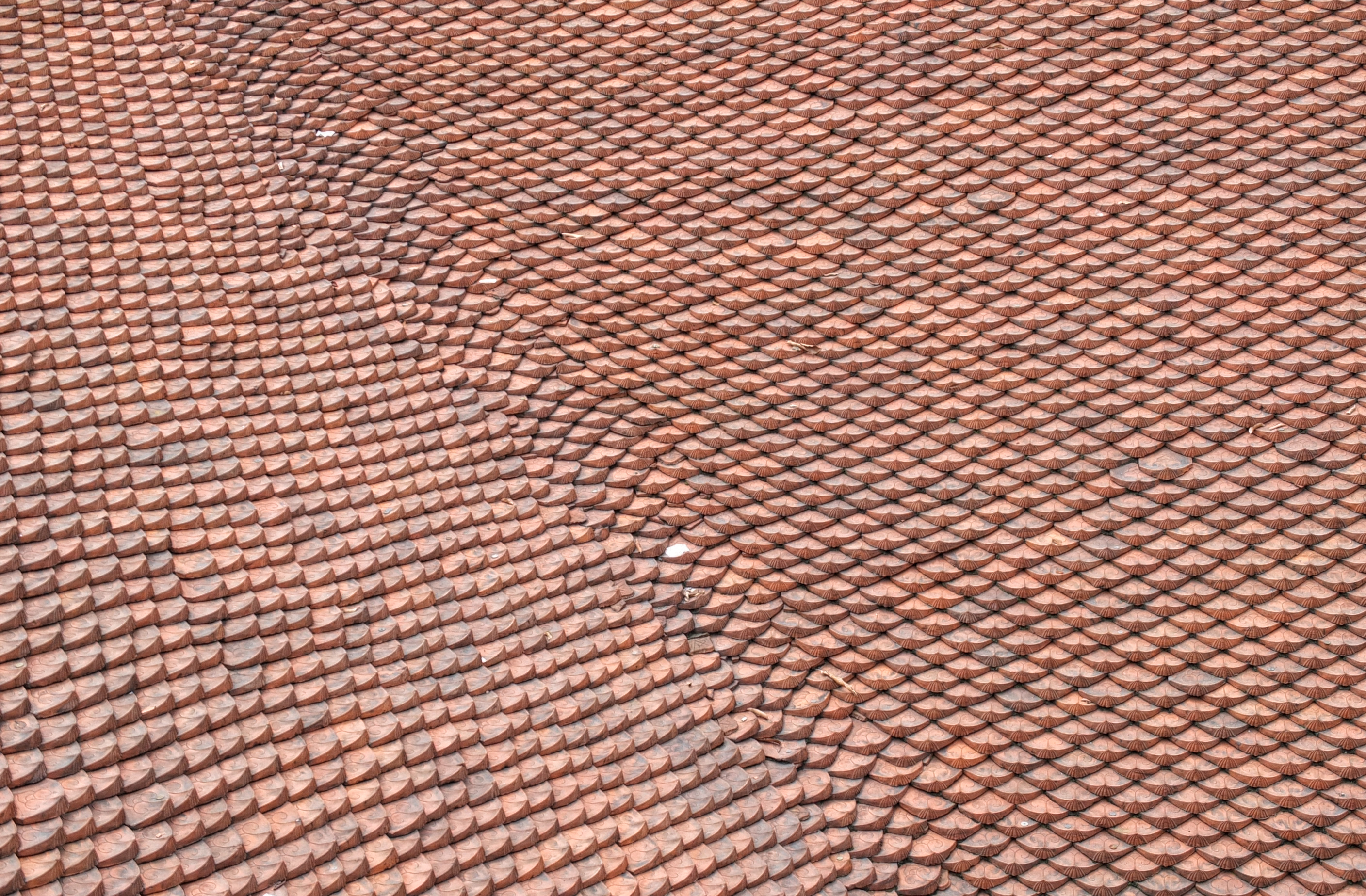
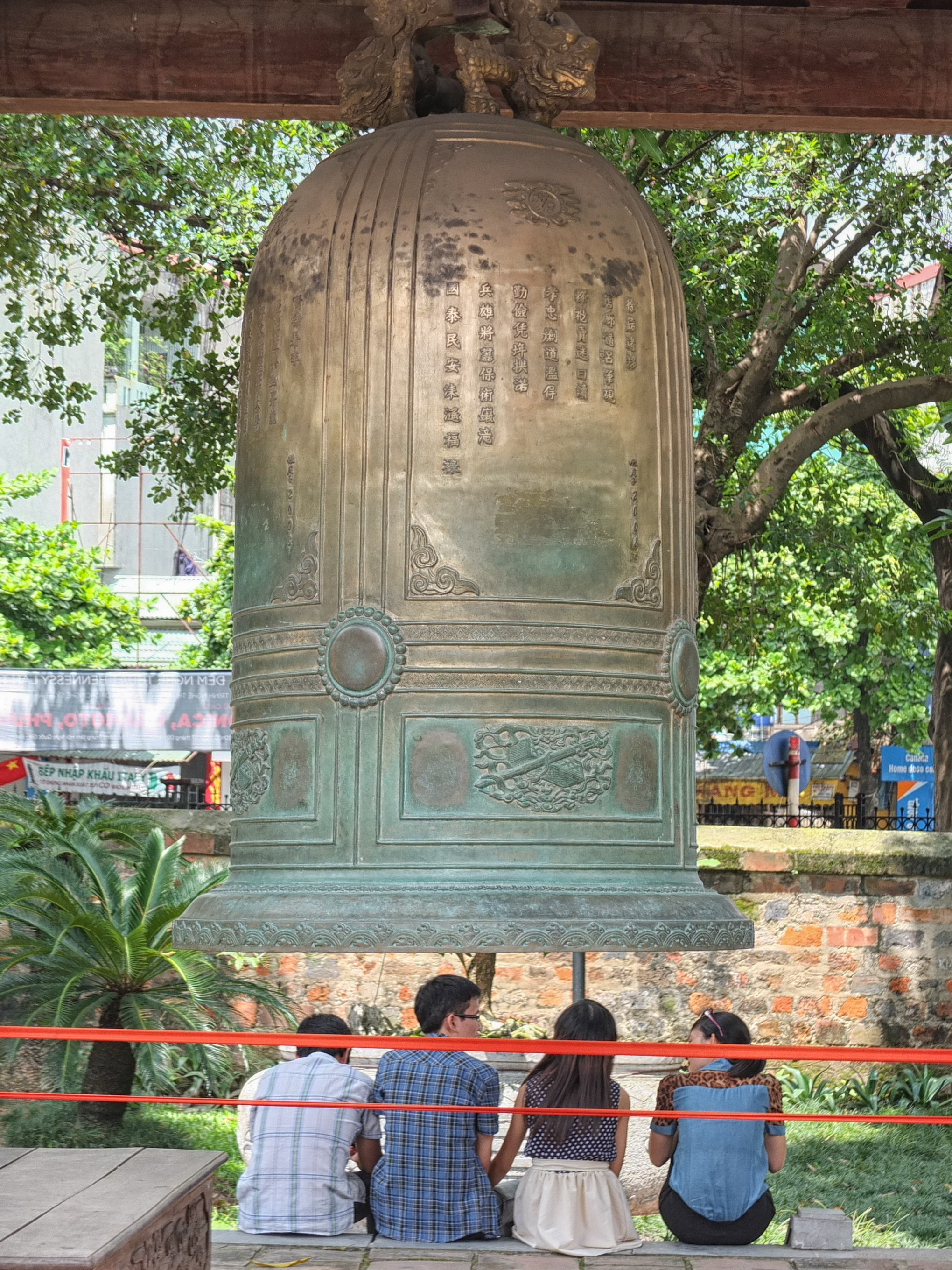



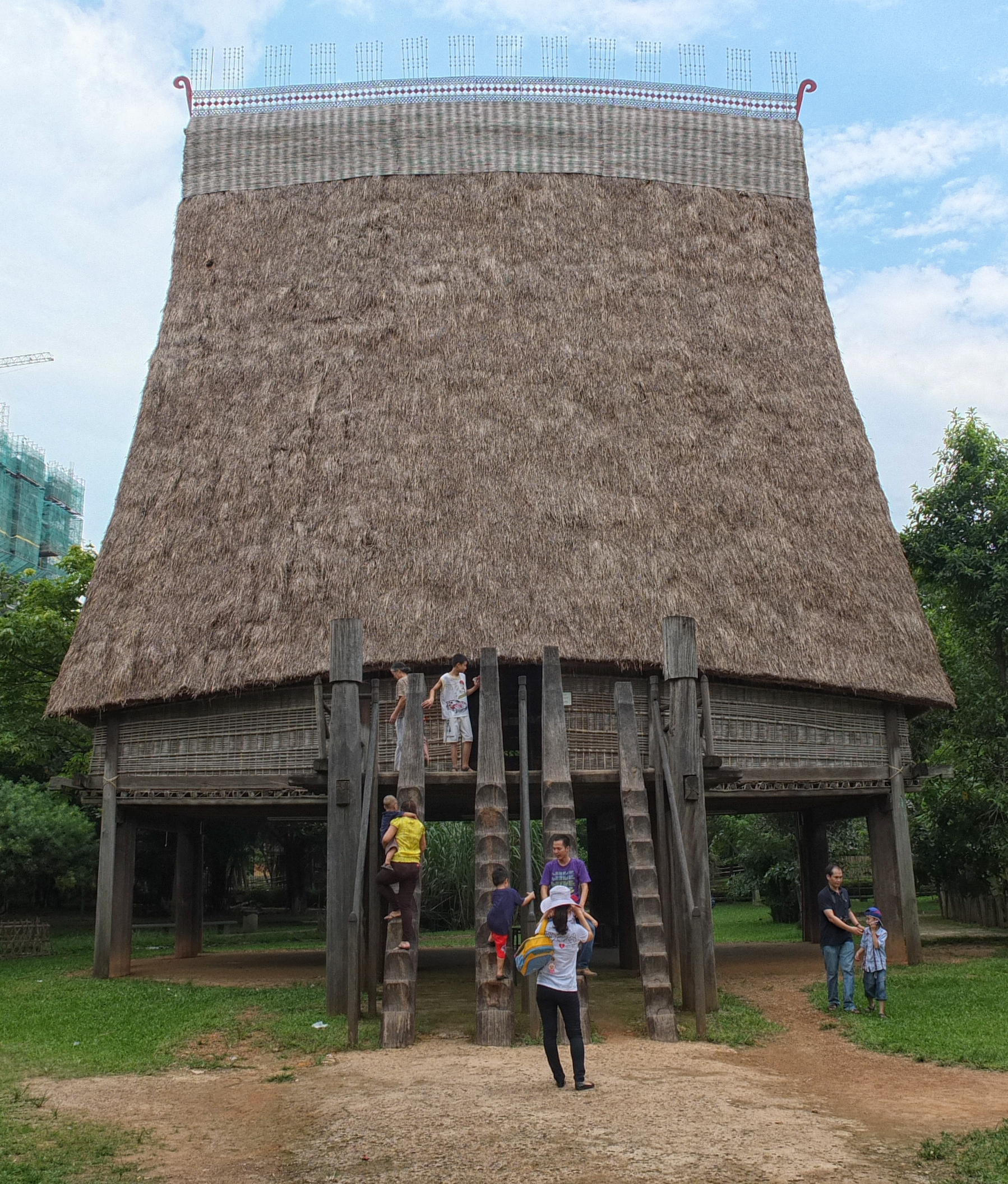
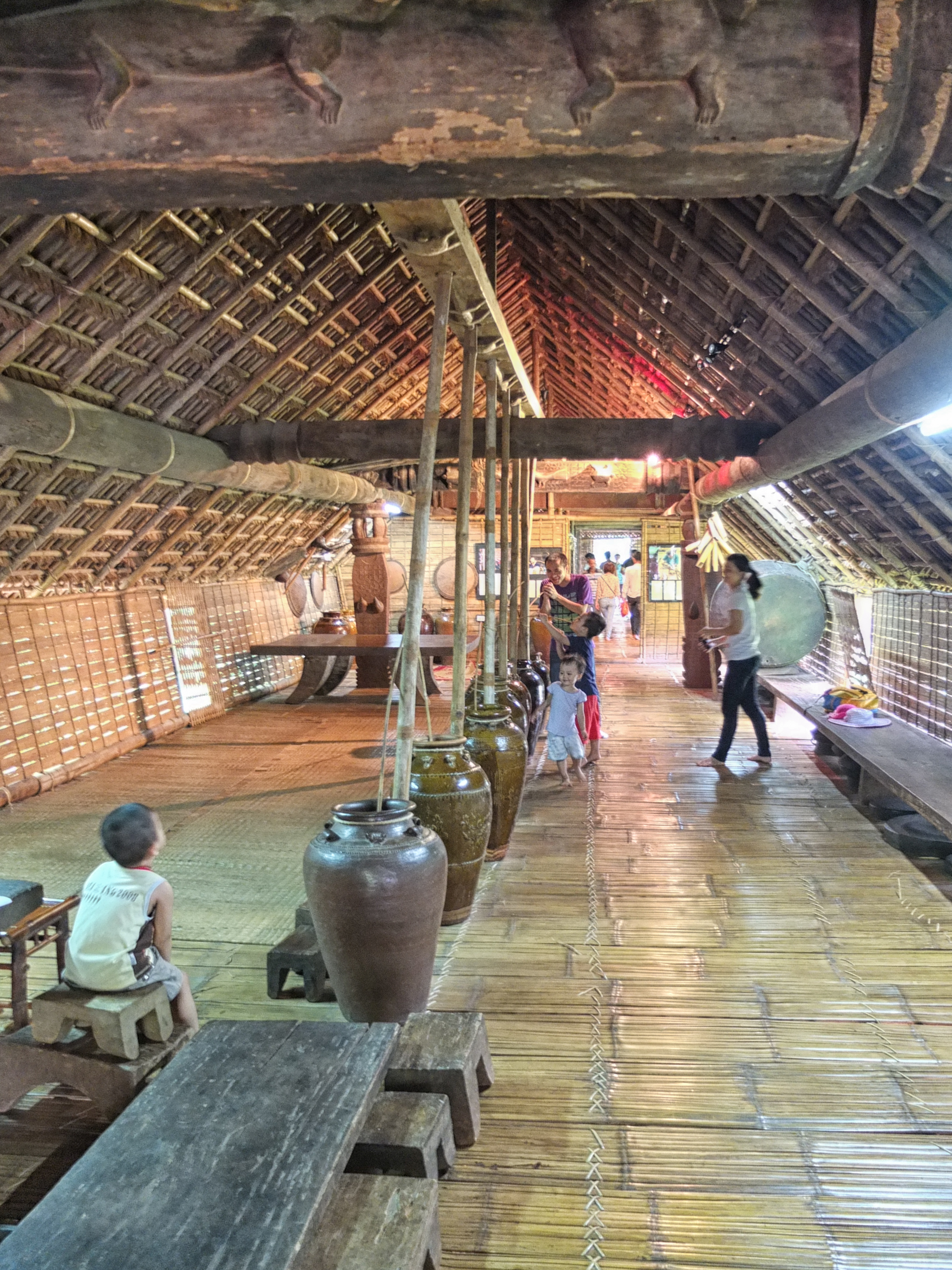
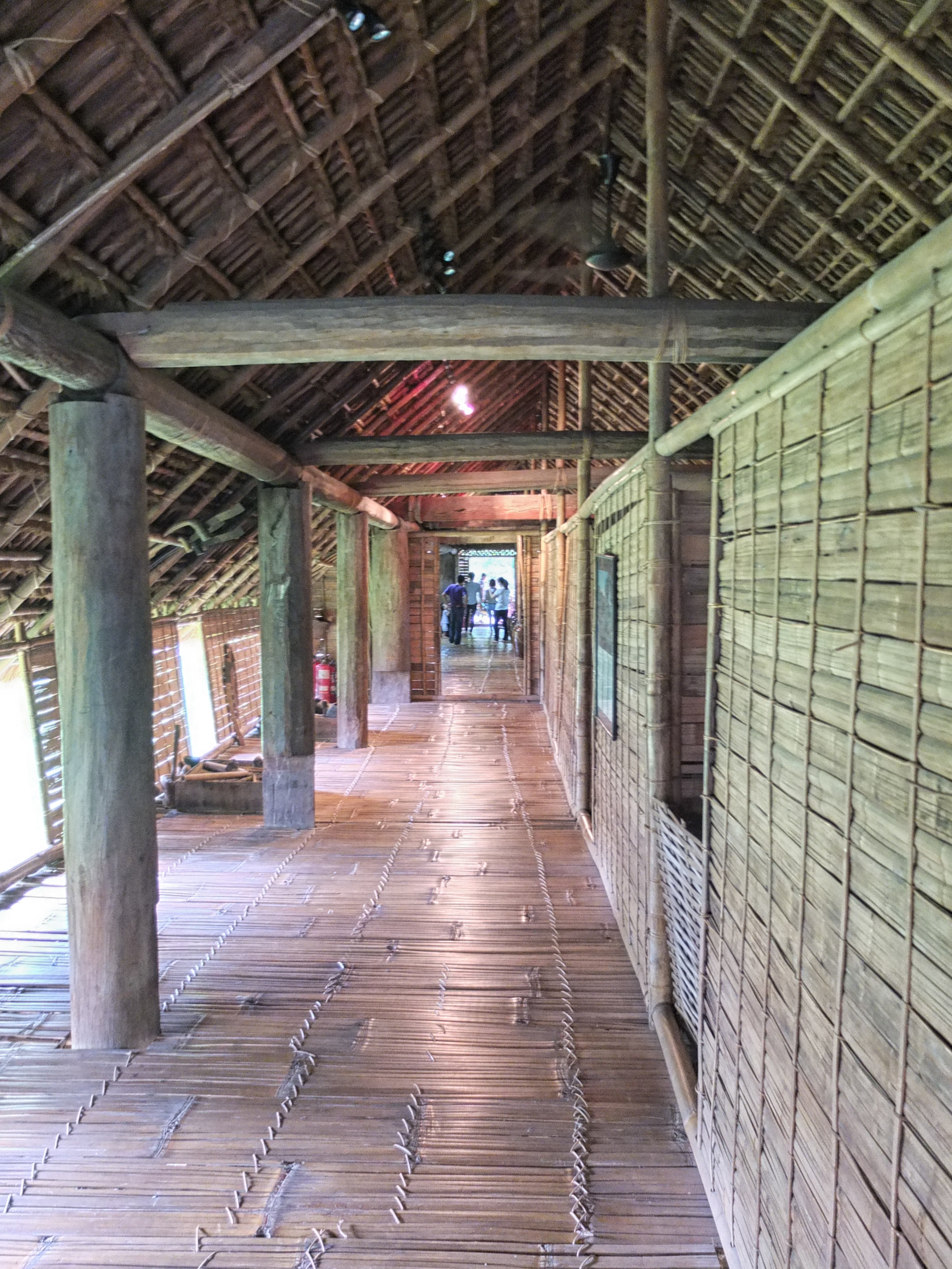
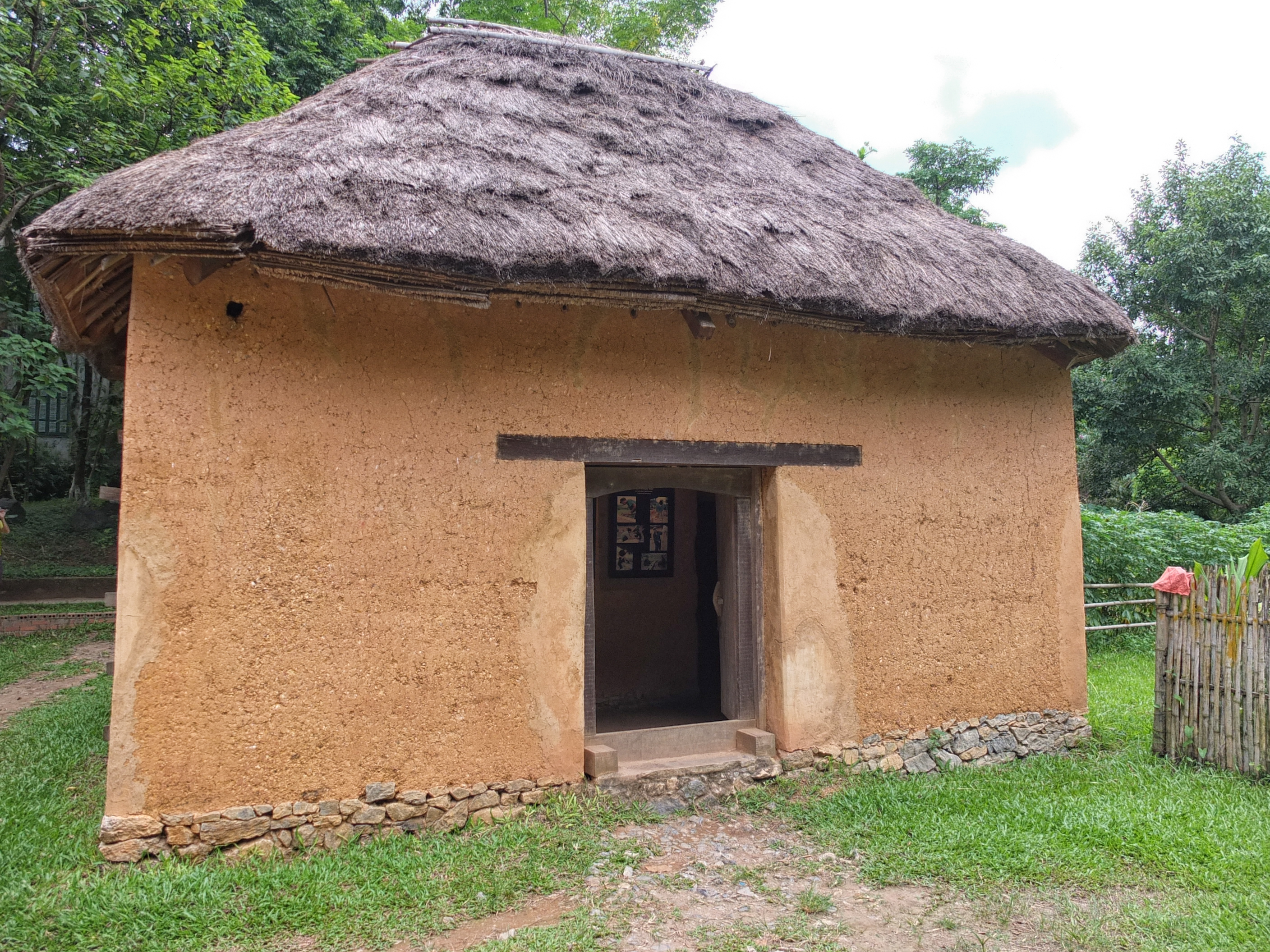
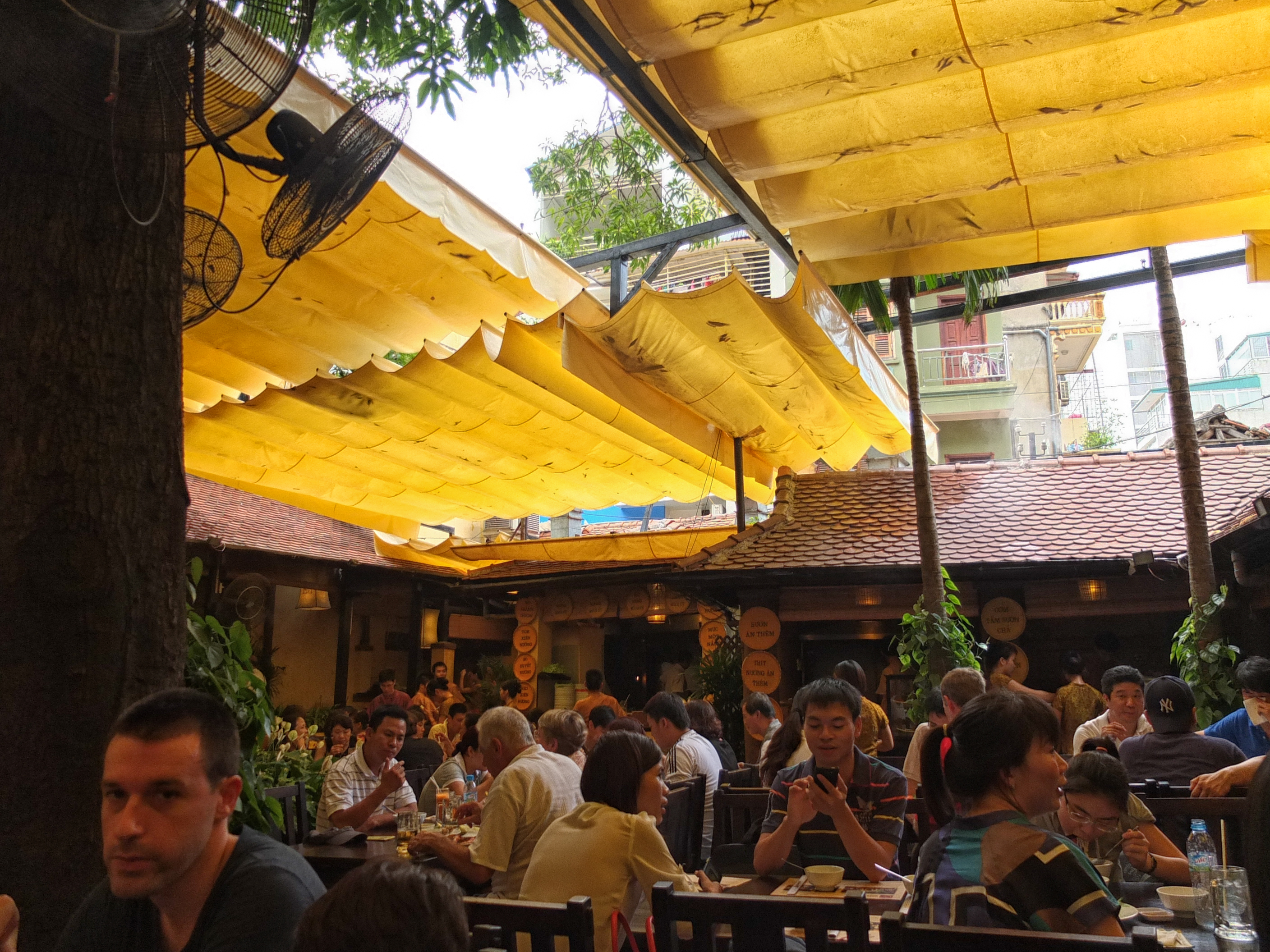
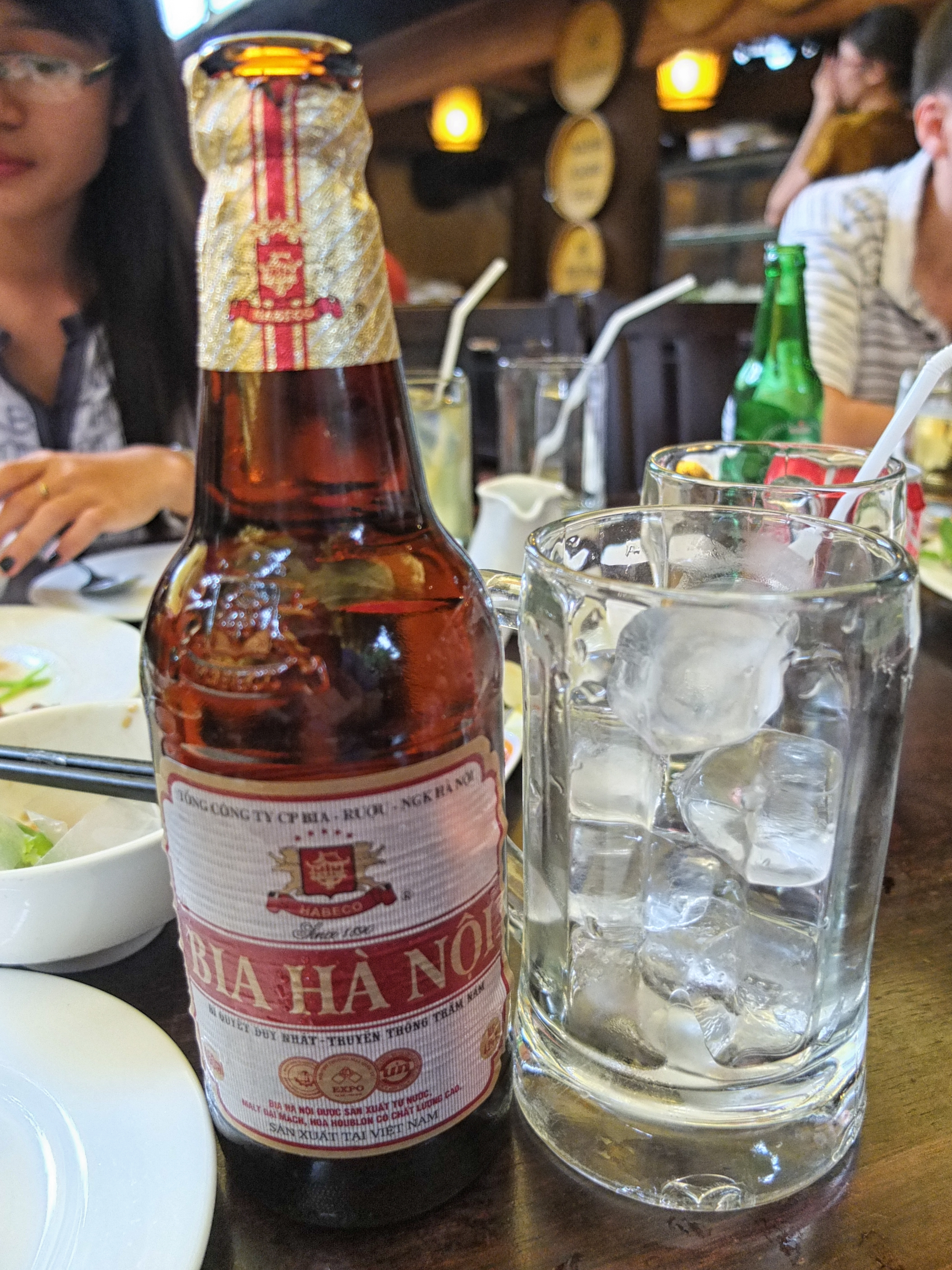

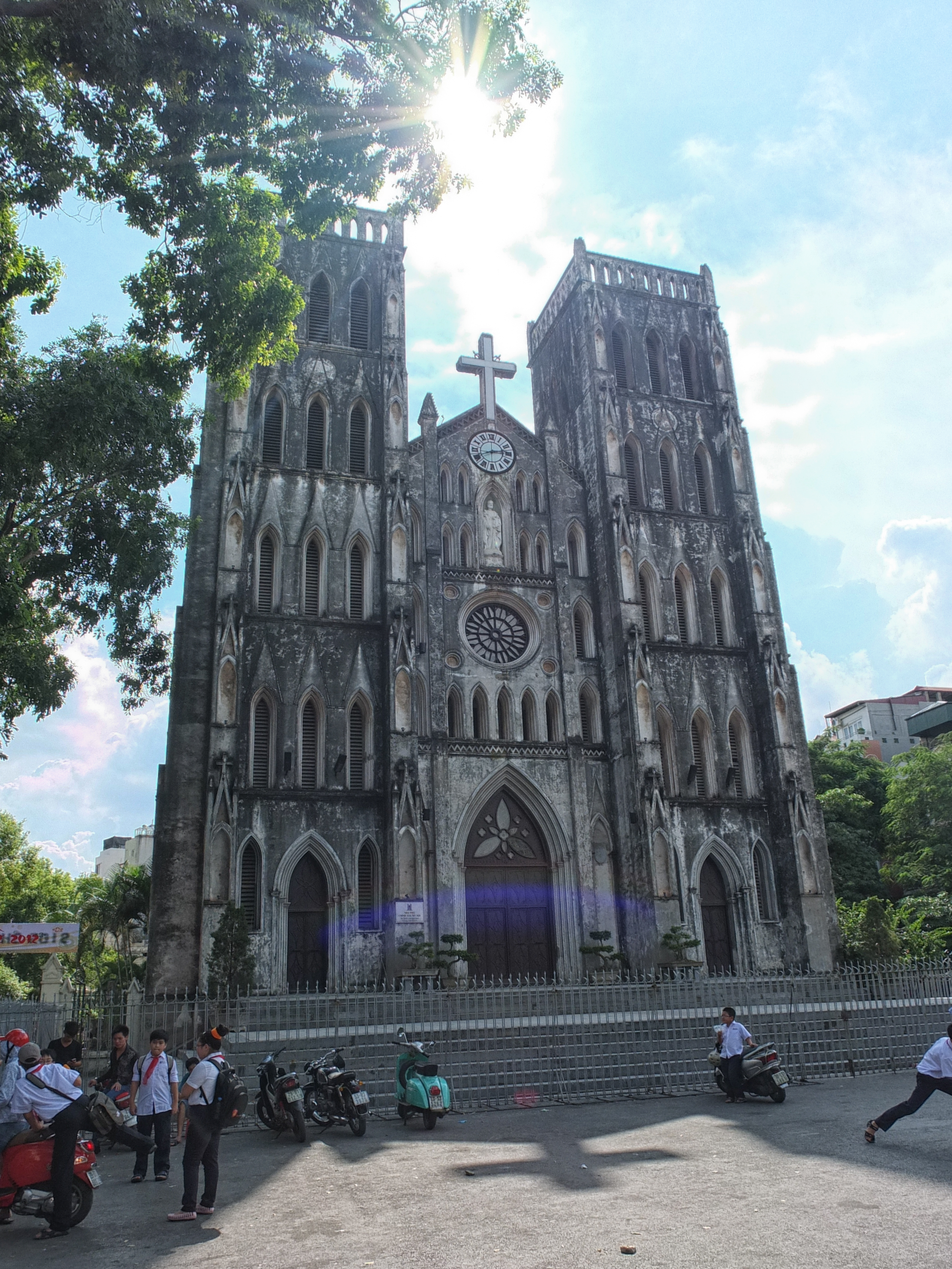

Thanks Andy for a fantastic post on Hanoi. I really enjoyed my 4 days in Hanoi in June 2014, the B-52 lake and B-52 museum were great, plus the cheap bia hoi!
Thanks for sharing you trip. I will be going @ the end of this month. How did it cost will the students from Hanoi?
Thank you,
Patrick
It was a free tour. I made a donation to their organization, but none was expected and I had to insist that they take it.
Oh Andy. I am Van Nguyen now live in Hanoi, Vietnam. I am really suprise while search this blog and see that you have ever been Vietnam: Hanoi and Halong Bay. Your iamges of Hanoi are truthful and nice. I wonder with a question where you have ever arrived in my homeland. These are many other beautiful places. I hope you will love my Vietnam.
I am also a blogger. My sites are http://www.kinhnghiemdulichnhatrang.net/ and http://www.daisudulich.vn
If you want to know more about my homeland, please reference through my sites
Thank you for the comment, I look forward to seeing your blog!
Thank very much for reply. I would like to say more that I am too suprise when know that you have ever visited too many places in Hanoi anh almost of them are where I am usually on road or pass thought everyday… I see them are more beautiful on your post and I love them!
Yeah, Andy. Have a nice day and have a interesting trips
The pictures are amazing, Vietnam is a very interesting place for a summer vacation. I made the decision last year and I had an incredible experience.
Recently I have ever read some articles about Hanoi travel is so bad. Of course it is right but really Hanoi is very nice and has many things every body maybe have not discoved of all yet
Great informative article andy. I wonder if all attractions within hanoi are walking distance?
They are not, you will need to take a taxi
Thanks for the helpful post! I’m an American headed to Vietnam next month. Just wondering- how did you pre-book your taxi to the airport? We get in around 10 p.m. and I’d like to make it as easy as possible. Thanks!
Thanks for sharing this blog, I have seen your blog picture collection, Amazing pictures which you have put there. some are very beautiful place in Vietnam.
I see your photos of Ho Chi Minh Mausoleum are full of the fog and I see you had gone to Hanoi at a day with the weather is not good.
Hi there- really informative post. How did you arrange your taxi at the Hanoi airport? My sister and I will be arriving in 10 days at 10 PM and would love to book a car ahead of time. Unfortunately, my hotel does not provide shuttle service. Thanks so much!
Hi Amanda! I saw your previous comment as well, I’m trying to find that information for you (I can’t find it in my email history).
Thanks so much! I thought I had submitted the comment but didn’t see it on the post, so I figured I would resubmit. Then I saw that it was awaiting moderation. Sorry for the double post. I appreciate your help!
Found it! http://www.hanoiairporttaxi.com/
There was a gentleman waiting for me at the airport. A note though, just so you aren’t surprised. The gentleman took me to his car and drove me just outside the airport grounds where there were about 100 people standing around. I’m fairly certain these were all taxi drivers who weren’t permitted on airport property (they probably didn’t pay the taxes/fees necessary for a permit). Anyway, the driver stopped and another driver took over at that point. I had read about that being a possibility so it wasn’t very alarming but I have a feeling if I hadn’t had read about that I’d have gotten a little punchy and yelly pretty quickly!
This is awesome. Thank you so much! And thanks for the tip about the exchange of drivers/cars- I would have definitely freaked out about that.
I have seen your blog & picture, Amazing pictures. It seems beautiful place in Vietnam.
Thanks for sharing this blog…..!!
i love ha noi, i love Museum of Ethnology and i miss cham’s house :((
Hi Andy
Love the photo of the humidity at the top. For a sec i thought your lens was broken.
Also, I remember the temple of literature …
Here are two posts I hope you enjoy about Vietnam/ Hanoi Who Wants to be a Millionaire – Vietnam Style and … Sharks, Pollution, and Communists in Hanoi
cheers, will continue to look through your blog!
Thanks, I’ll check yours out as well!
Nice story and stunning shots! Happy to see the brief description of your trip to our chaotic but beautiful capital. Hope to see you back someday, Andy. 🙂
Hanoi is beautiful. Thank so much your share.
Really love the Hanoi Presidential Palace and all the lovely bright pumpkin colored buildings around it! So glad to have found your blog!
Glad you love our Hanoi.
these are must does to visit Vietnam. Should travel to Ha Long Bay, that is near by Ha Noi :))